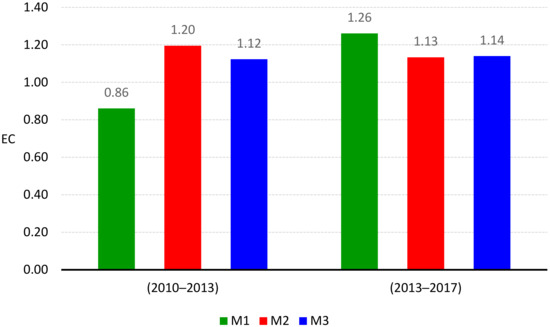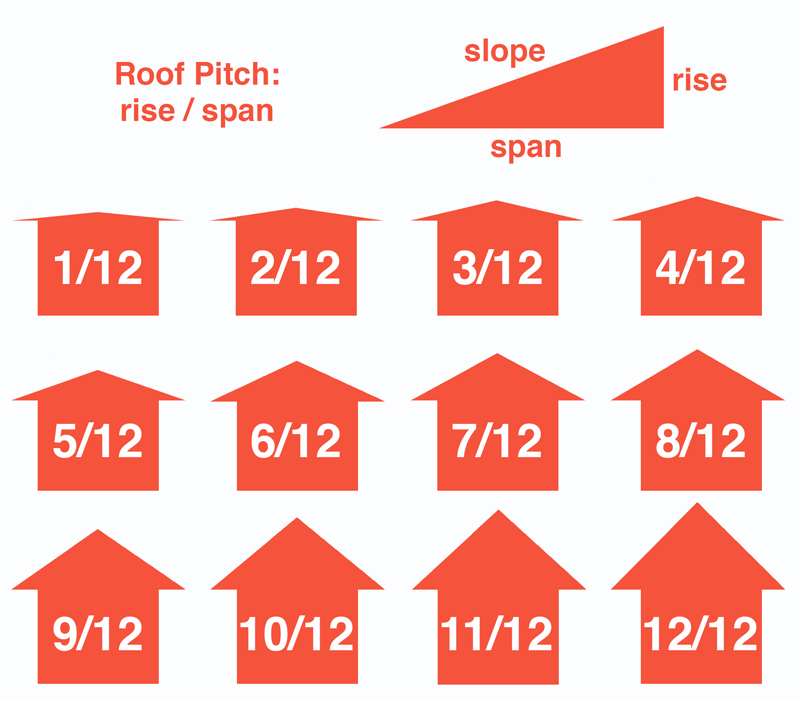


Had the ability to influence other students’ perception of them (56%).Students ages 12–18 who reported being bullied said they thought those who bullied them:.About 20% of students ages 12-18 experienced bullying nationwide.Data sources include the Indicators of School Crime and Safety: 2019 (National Center for Education Statistics and Bureau of Justice) and the 2017 Youth Risk Behavior Surveillance System (Centers for Disease Control and Prevention). Here are federal statistics about bullying in the United States. Studies also have shown that adults can help prevent bullying by talking to children about bullying, encouraging them to do what they love, modeling kindness and respect, and seeking help.Bystanders, or those who see bullying, can make a huge difference when they intervene on behalf of someone being bullied.Zero tolerance and expulsion are not effective approaches. They involve the entire school community-students, families, administrators, teachers, and staff such as bus drivers, nurses, cafeteria and front office staff-in creating a culture of respect. Bullying prevention approaches that show the most promise confront the problem from many angles. Similarly, those who are bullied sometimes bully others. Youth who bully can be either well connected socially or marginalized, and may be bullied by others as well. There is not a single profile of a young person involved in bullying.The effects of bullying may continue into adulthood. Bullying affects all youth, including those who are bullied, those who bully others, and those who witness bullying.How media and media coverage affects bullying.Risk factors for people who are bullied, people who bully others, or both.Prevalence of cyberbullying in online spaces.Important areas for more research include: Research on Bullyingīullying prevention is a growing research field that investigates the complexities and consequences of bullying.


This definition helps determine whether an incident is bullying or another type of aggressive behavior or both. repetition or high likelihood of repetition of bullying behaviors.The definition includes three core elements: In 2014, the Centers for Disease Control and Department of Education released the first federal definition of bullying. This section pulls together fundamental information about bullying, including: Prevention in Extra-Curricular Activities.


 0 kommentar(er)
0 kommentar(er)
